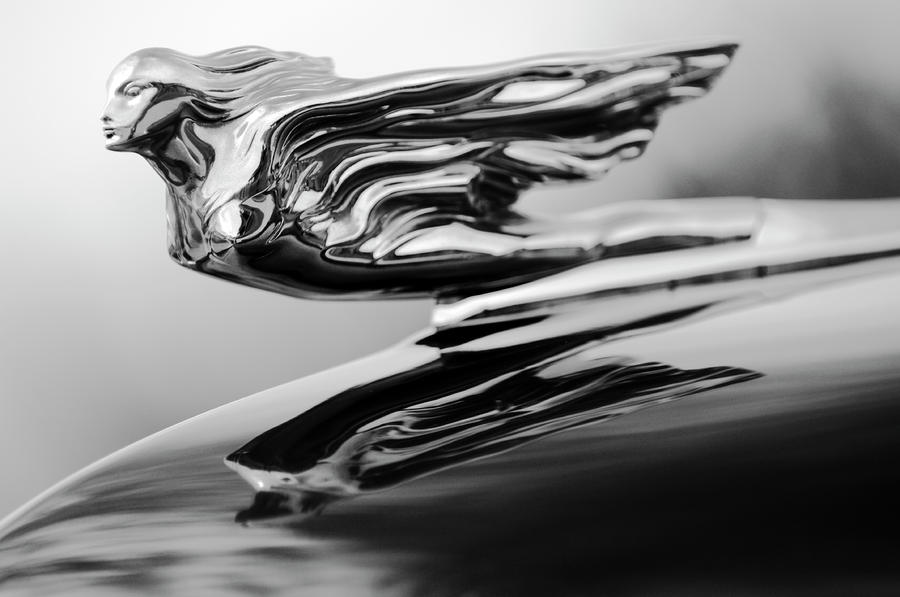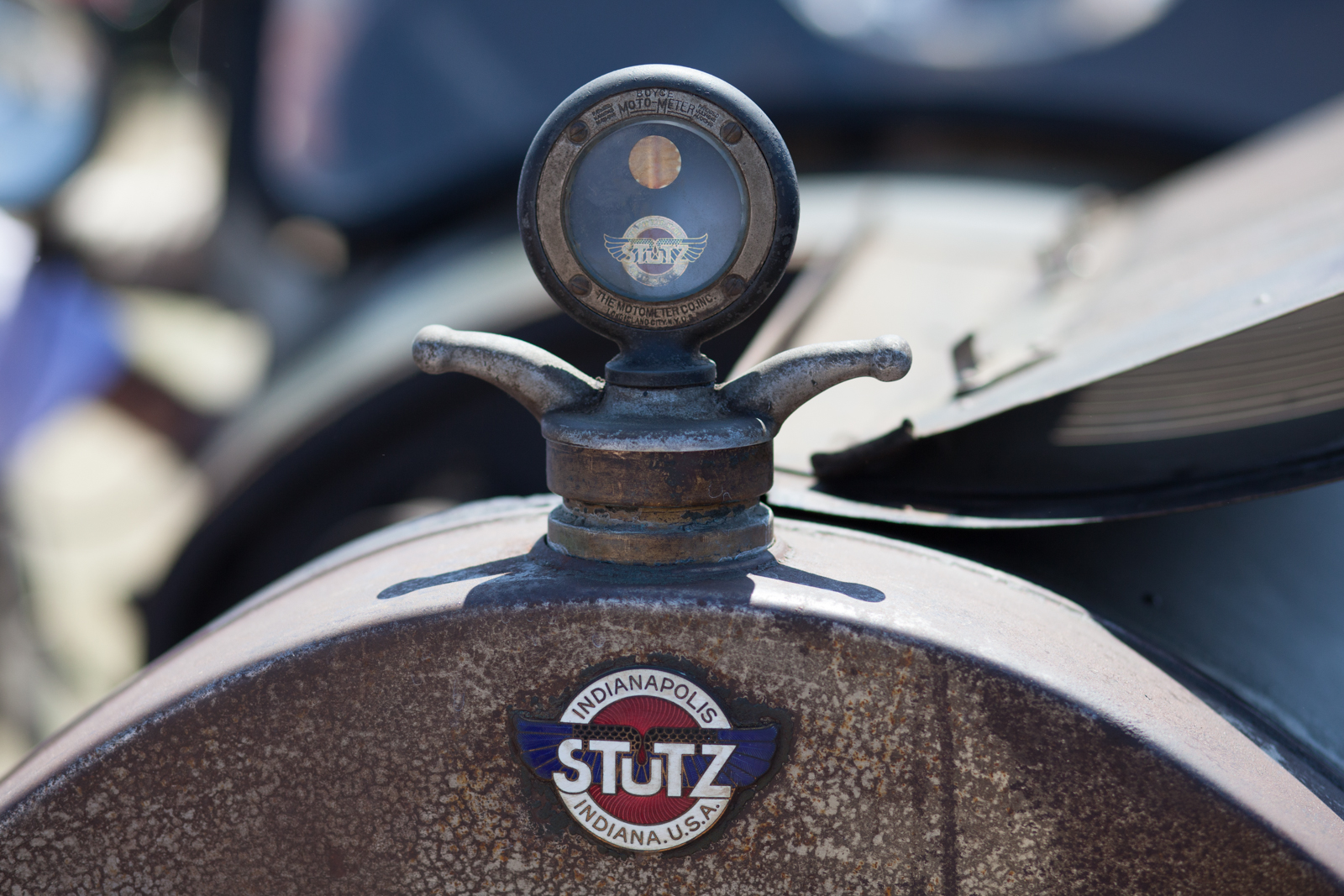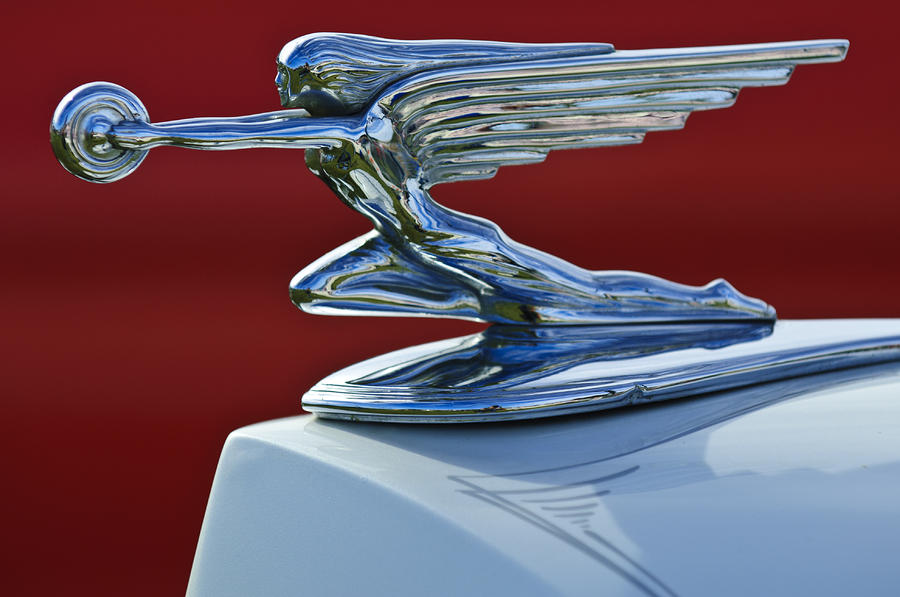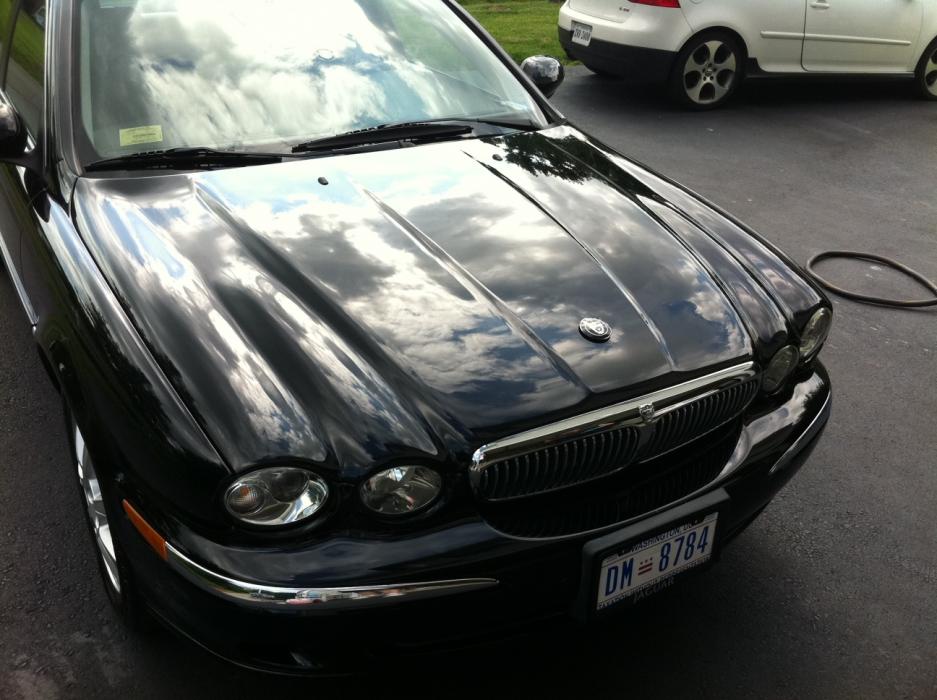There was a time when a hood ornament on a car was about as interesting as the paint job. One only noticed it if there were something wrong.
Over time, the ubiquities of bonnet ornamentation cascaded into touches of whimsey, and eventually into antiquated fashion. One would be hard-pressed to find a vehicle with a legit factory-installed hood ornament these days.
Most cars today are practical matters. They are more about reliability than fashion, more so than say the 1940s. The styling of cars today is subtle, and the prospective ornament would only create drag.
Few know that at one time they actually had an important function.
Origin Story
While most of us know that hood ornamentation is a feature of cars gone by, few of us know they were around before the automobile.
According to the founders of Turkey’s Key Automotive Museum, Efe Uygar, and Murat Özgörkey, humans have enjoyed what they call “mascots” for thousands of years.
“The mascot that was first to be known was a sun-crested Falcon (to bring good luck) mounted on Egyptian pharaoh King Tutankhamun’s chariot,” said Uygar to Inside Hook.
Perhaps that is the same thing, but by the time history catches up to the automobile, those mascots took on something more important than luck, and it wasn’t pretense.
Radiator Caps
We all know the radiator lives in the front of the car. These days, as they have been for the last few decades, the radiator lives under the hood, invisible to the outside world.
Back in the early days of auto, the radiator separated the outside from the engine block, like the grill does today. On the top of those radiators, like our radiators today, they had radiator caps.
The early caps, around the 1920s, functioned as a temperature gauge for those cars, which were prone to overheating. One needed to keep a lid on the heat from his car back in the day.
Peak Ornamentation
As early automobiles developed quickly, so too did the styling of every car part. The radiator cap was front and center, so manufacturers paid special attention to them.
They were functional, sure, but that didn’t mean they couldn’t be stylish too. An aftermarket formed around creating personalized ornaments.
The company who owned the patent for the gauged hood ornament, Boyce Motor-Meter Company, took orders from individuals and from auto-manufacturers.
Over time, other companies entered the market. Some hired artists to sculpt detailed emblems. Over the course of the 1930s, ‘40s, and 50s, hood ornaments went from functional radiator caps to decorative indications of prestige.
The Demise
It was the safety regulations of the 1970s first took the wind out of the ornamental sails. The 1980s brought even more restrictions. As they became less common, theft of said ornaments rose in direct proportion to the uniqueness.
By the late 80s, a hood ornament sparkled to a thief in the sun like gold. After the 1980s, only premium brands retained the fashion. The Jaguar Leaper shrunk into the hood.
Today, adding a mascot to a vehicle is more of a peculiarity or tribute to something antique. Car collectors connect them to the car’s security system and don’t let their prized vehicles out of sight.
It has nothing to with keeping an eye on the radiator heat, though. The wheel (or ornament as it were), has come full circle. In those cases, it’s strictly a matter of fashion.





